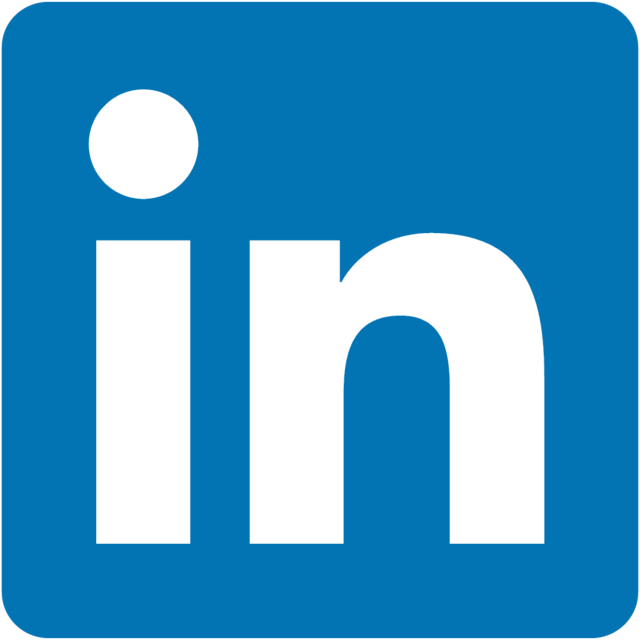Eulero Project
A new model of internal organization. The Eulero project is a fluid and flexible system, like our services
Creating value-added connections and exchanges between people is what we call Connections beyond connectivity.
25 years after our foundation, we named our organizational development path “Eulero Project”, based on the “Agreement beyond the Contract” between the collaborators and the company.
Professional Link, or PLINK in short, was founded in 1998 for the purpose of serving the enterprise market. From the outset, the company was an enthusiastic supporter of social sustainability and the value of the person as a distinctive factor of success, even in business.
PLINK today counts on a team of almost forty people and a large network of globally distributed business partners. Therefore, the need arose to undertake more structured people management, careful to evaluate everyone’s skills. This is in order to identify new talents, be attractive on the market, enhance internal training and, above all, systematically take care of existing assets. That, in terms of values, knowledge, attitudes and motivations.
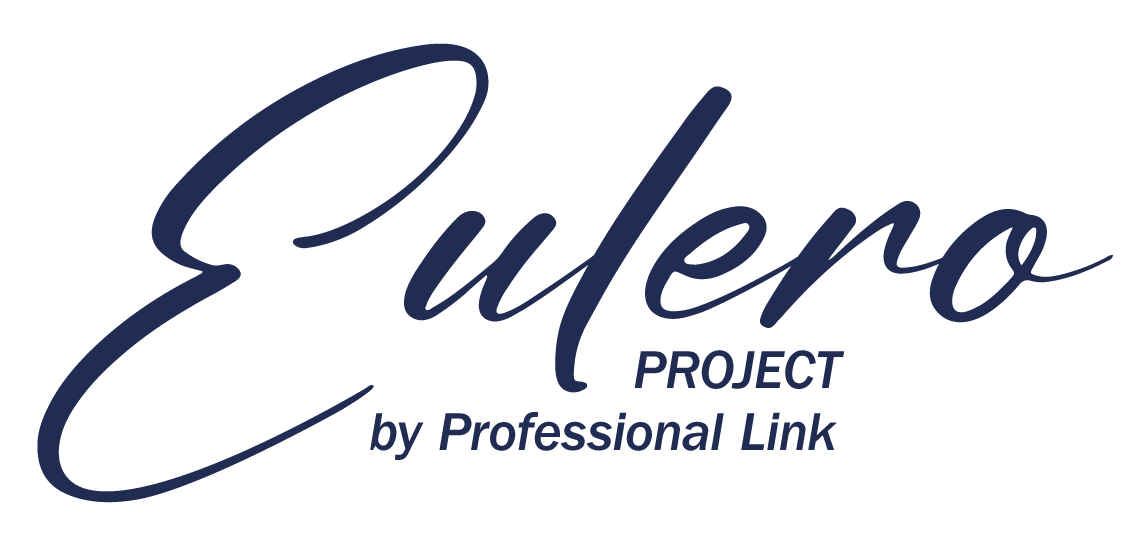
PLINK’s organizational model
The Eulero Project is a fluid and flexible model, like our services.
At PLINK we do not adopt a pyramidal organizational model, defined by business lines and hierarchies.
In continuity with our vision of social sustainability, we have undertaken a path that embraces the company as a whole and projects it into a fluid and scalable organizational dimension. That, with connected and dynamic centers of competence, aimed at encouraging everyone’s contribution.
Our organizational model faithfully responds to PLINK’s DNA and touches the main areas of the company, from development to growth to culture, enhancing the knowledge of individuals, the sharing of values and common objectives.
From this perspective, collaborators do not undergo change but become active decisors of it. Decisions, experimentation and organization go beyond the concept of top-down imposition, but they are not even a bottom-up model: they are participated in a horizontal and shared way, with everyone’s contribution.
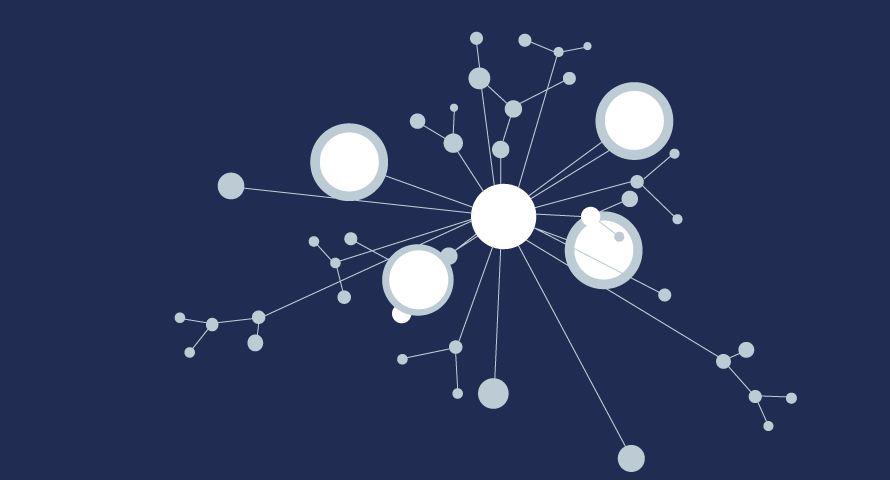
Graph organization
The Eulero Project finds its foundations in the Graph Theory of Eulero, a mathematician who in 1735 clarified a previously confusing mathematical problem, schematizing it into graph theory.
Eulero’s mathematical structure has many applications in all areas related to the notion of networks (social networks, computer networks, telecommunications, etc.). This is because the concept of a graph resembles the functioning of the human mind, therefore it is easily understandable. Its application as an organizational model for corporations is new and totally unique in Italy.
Graphs are interconnected and non-hierarchical, and are similar to the human brain, so they are intuitive. This is precisely the approach Eulero Project takes when it comes to constructing a company’s organizational chart.
Eulero Project by Professional Link
Our “Eulero Project” is the evolution of a cutting-edge organizational model, based on a widespread collaboration network and dynamic and interconnected competence centers called “nodes”. The nodes favor the circular and sustainable development of the organization itself from an evolutionary perspective.
The graphic representation of the model allows a dynamic mapping of the centers of competence, flows between functions and ongoing processes, outlining a clear, intuitive and updated picture of what happens in the company.
This representation allows you to test, in a protected environment and with a surprising level of detail, the impacts of any interventions at an organizational level. Therefore it’s easy for management to obtain an immediate reading of the interconnections between company functions, being able to correct upstream any critical issues that put the release of a service at risk, or eliminate a process defect. Moreover, graph mapping allows you to spontaneously identify new opportunities for connections between people and departments.
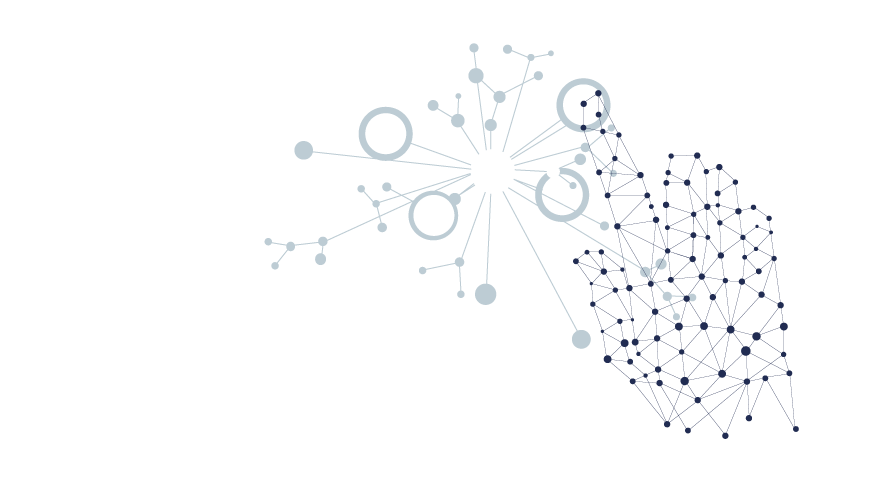
Plausible relationships
By interacting with our graph, we notice that the representation delves into workflows and networks of influence between offices (and therefore between people). If you hide or expand the nodes, you discover the “real” impacts of people on each other and the links between operations and functions.
This is what we mean at Professional Link when we talk about non-hierarchical, widespread and realistic representation. In this way, in addition to truthfully representing our reality, we can understand it better and, therefore, make it evolve.
The results of the Eulero Project
There are various advantages from the collaborator’s point of view, since he becomes an active agent of change and does not suffer from it. The worker can get involved as an individual in his fullness by sharing his knowledge and teaching it to other colleagues. Every employee can become an active part and promoter of new dynamics, having a perception of the relevance of his daily actions.
With the Eulero Project we manage the growth of the company in a sustainable way, projecting it not only on our current organizational dimension, but also on that of a future expansion.
People are at the heart of PLINK: quality of services can only be generated from their well-being.

